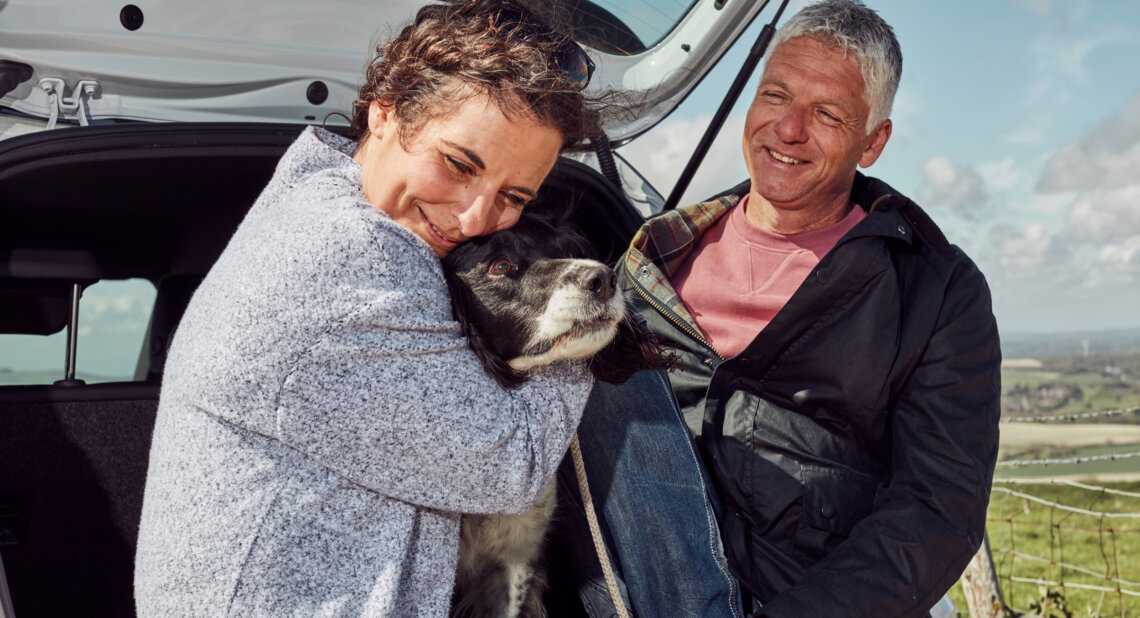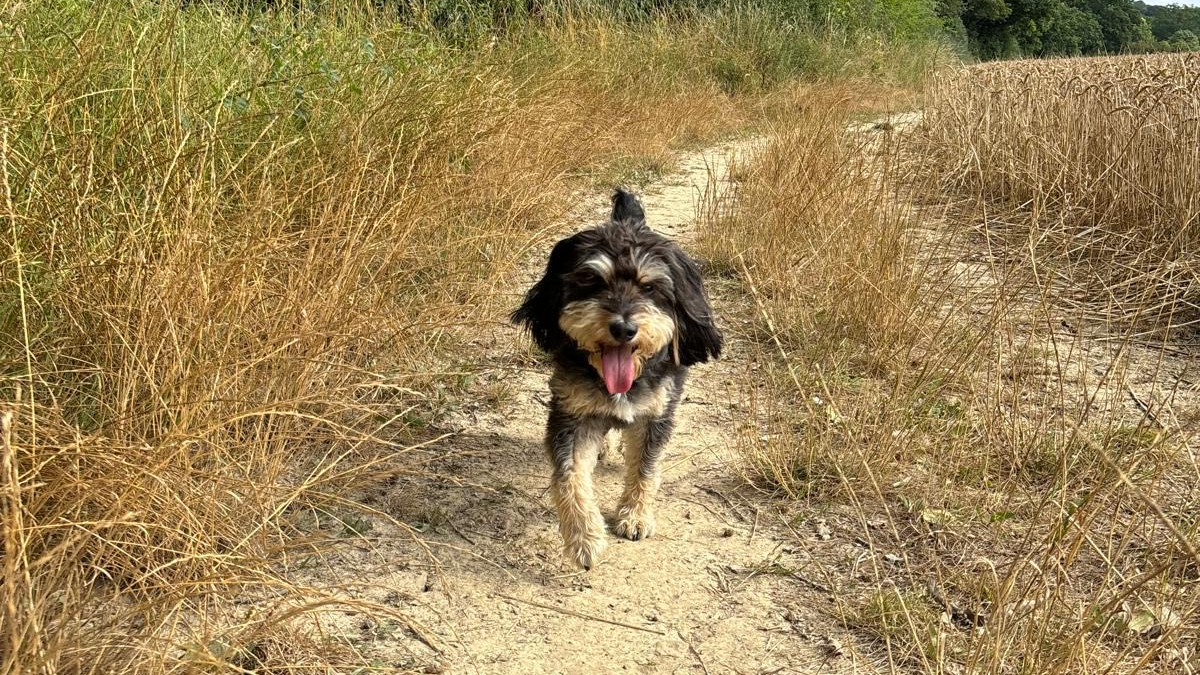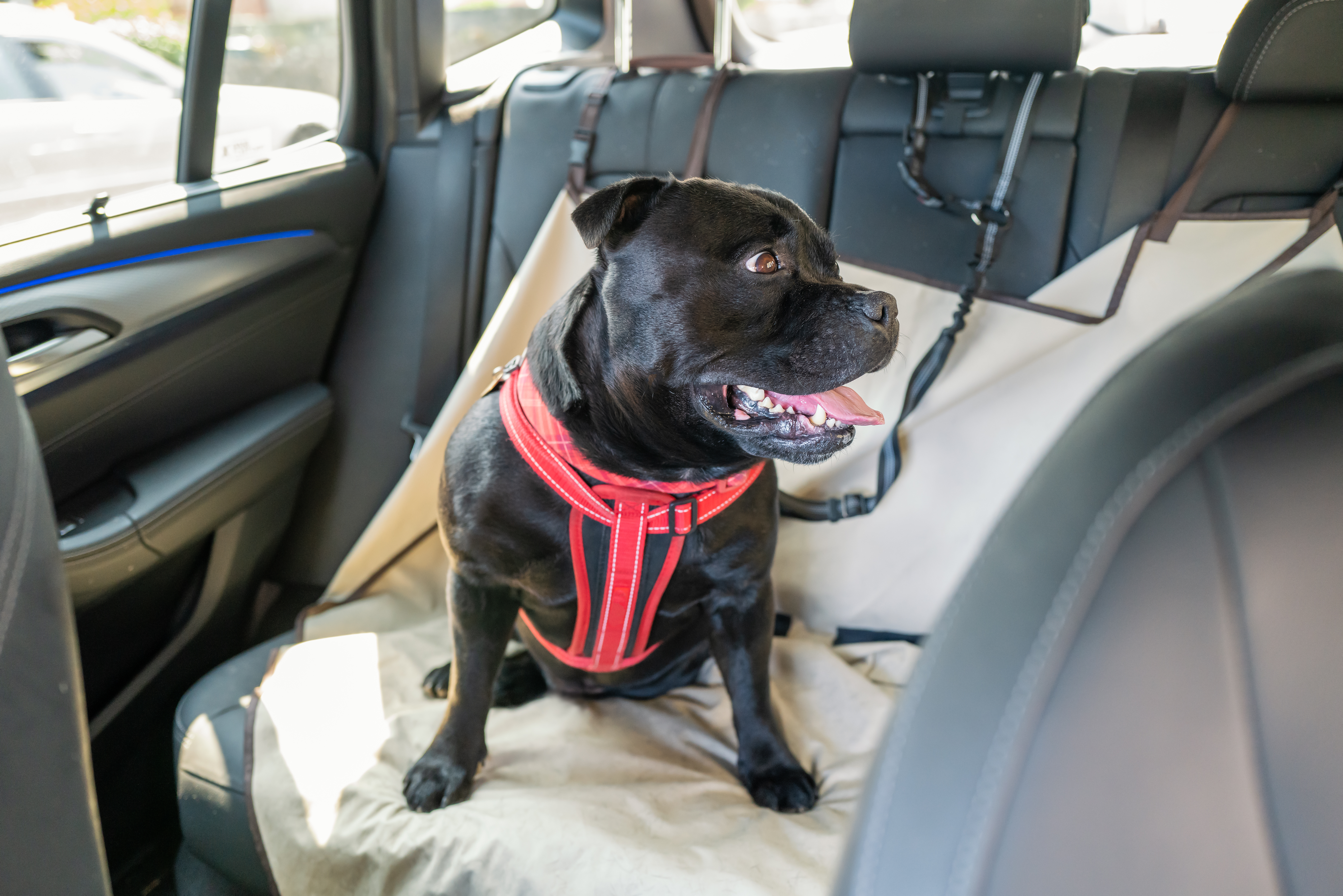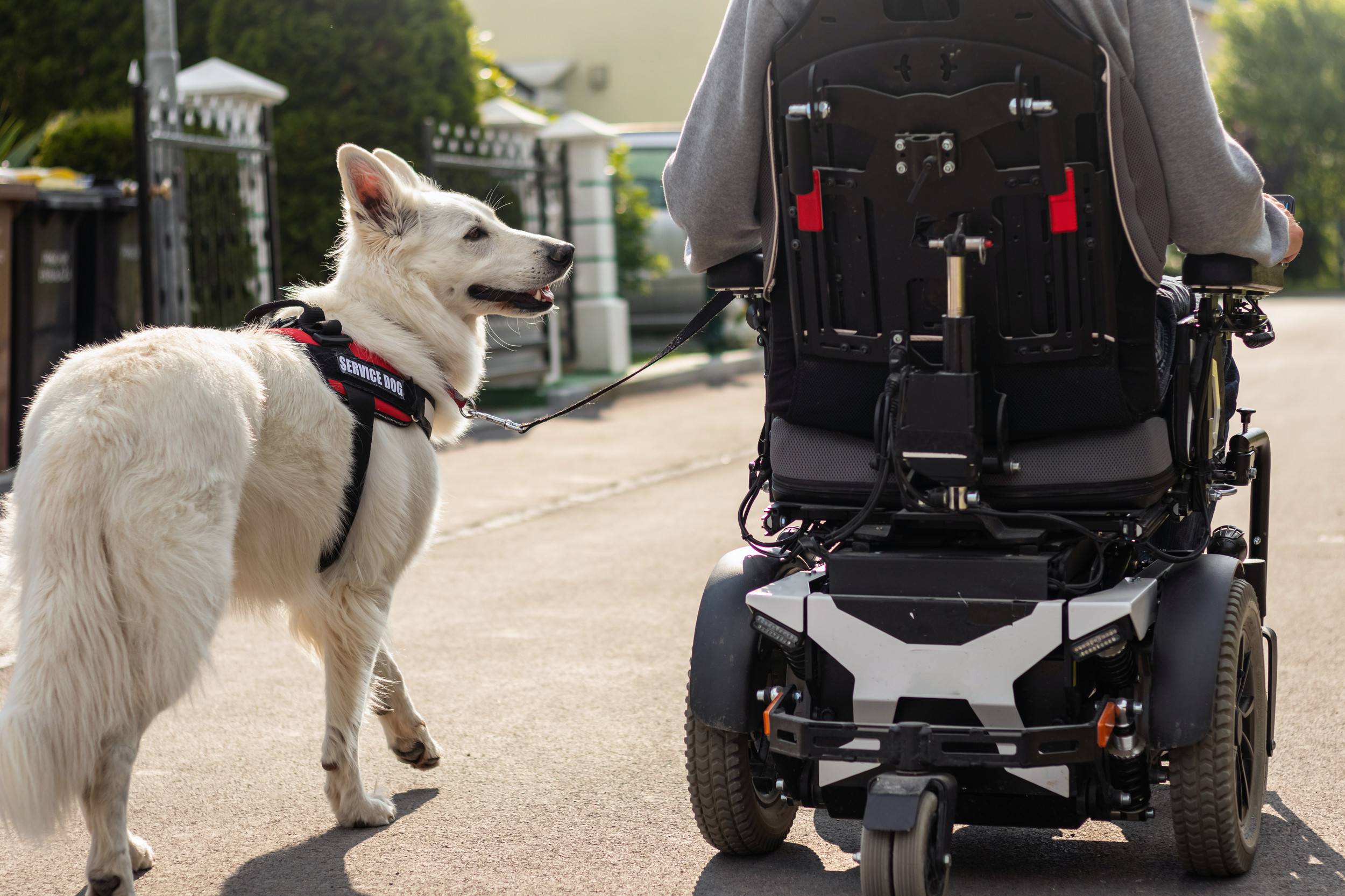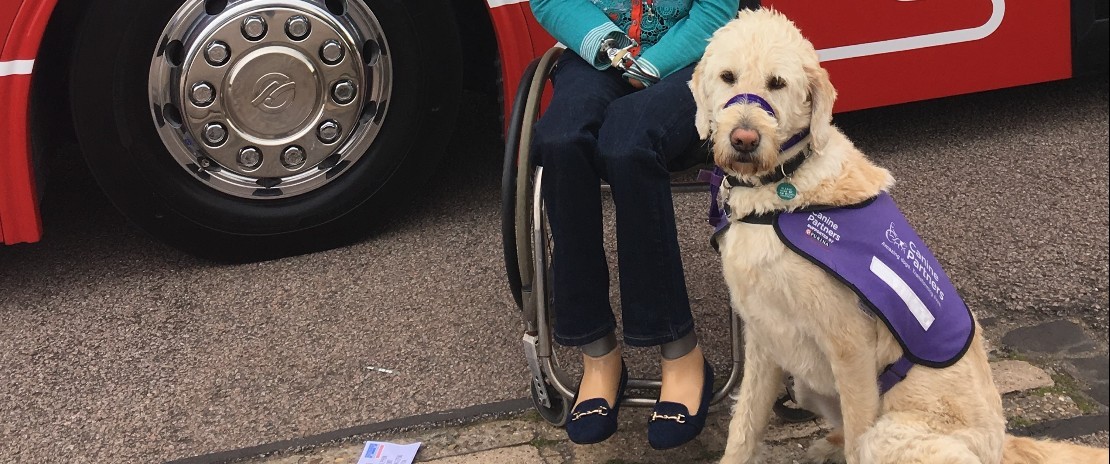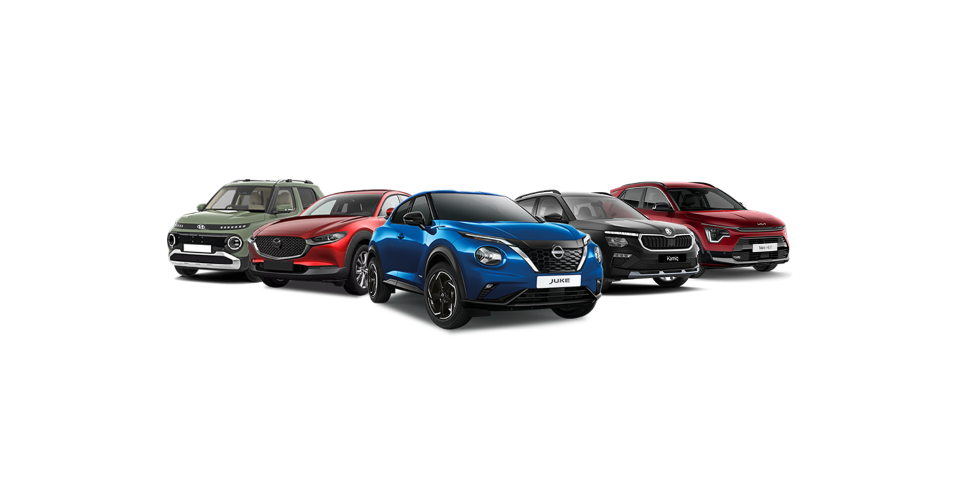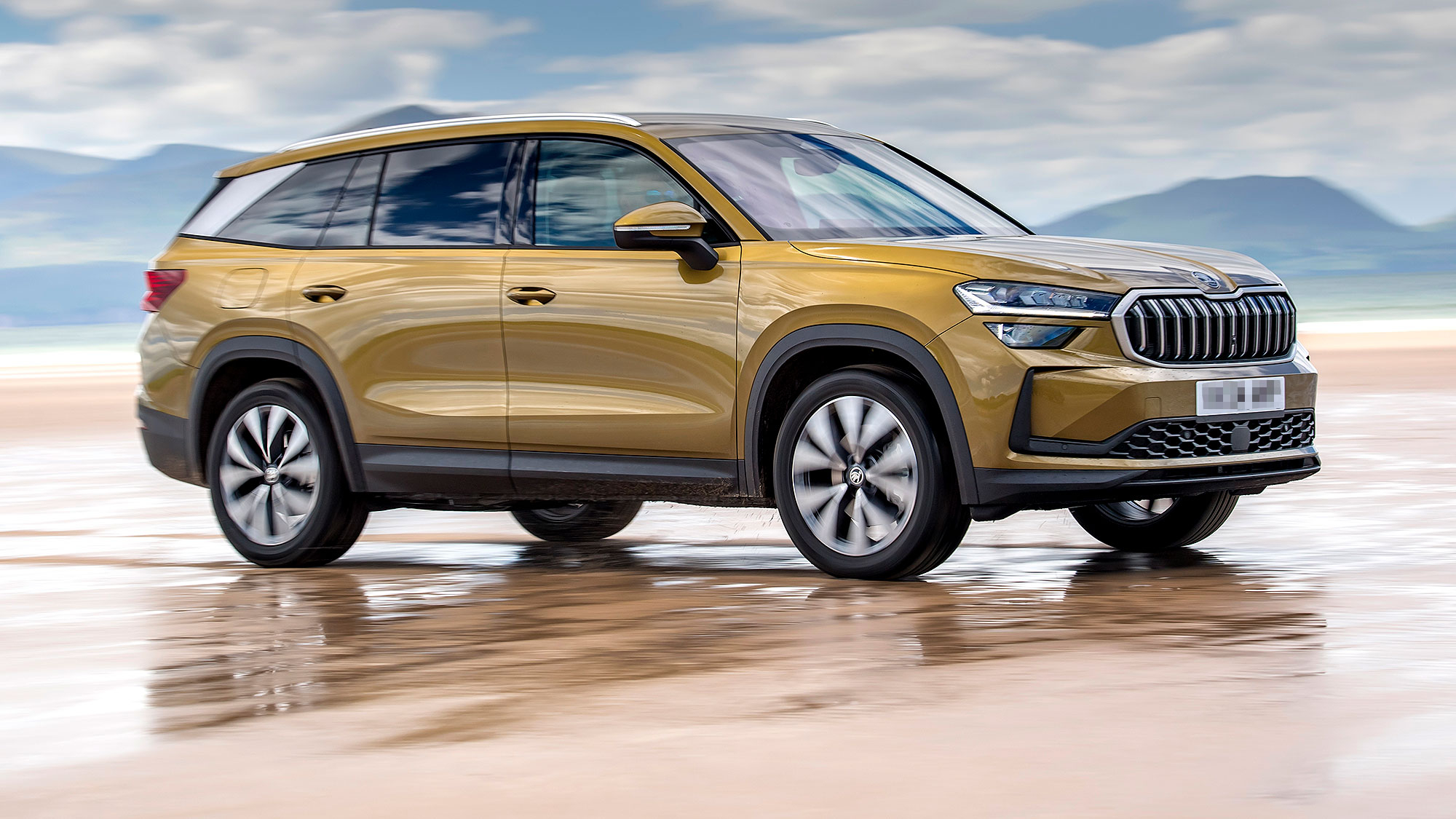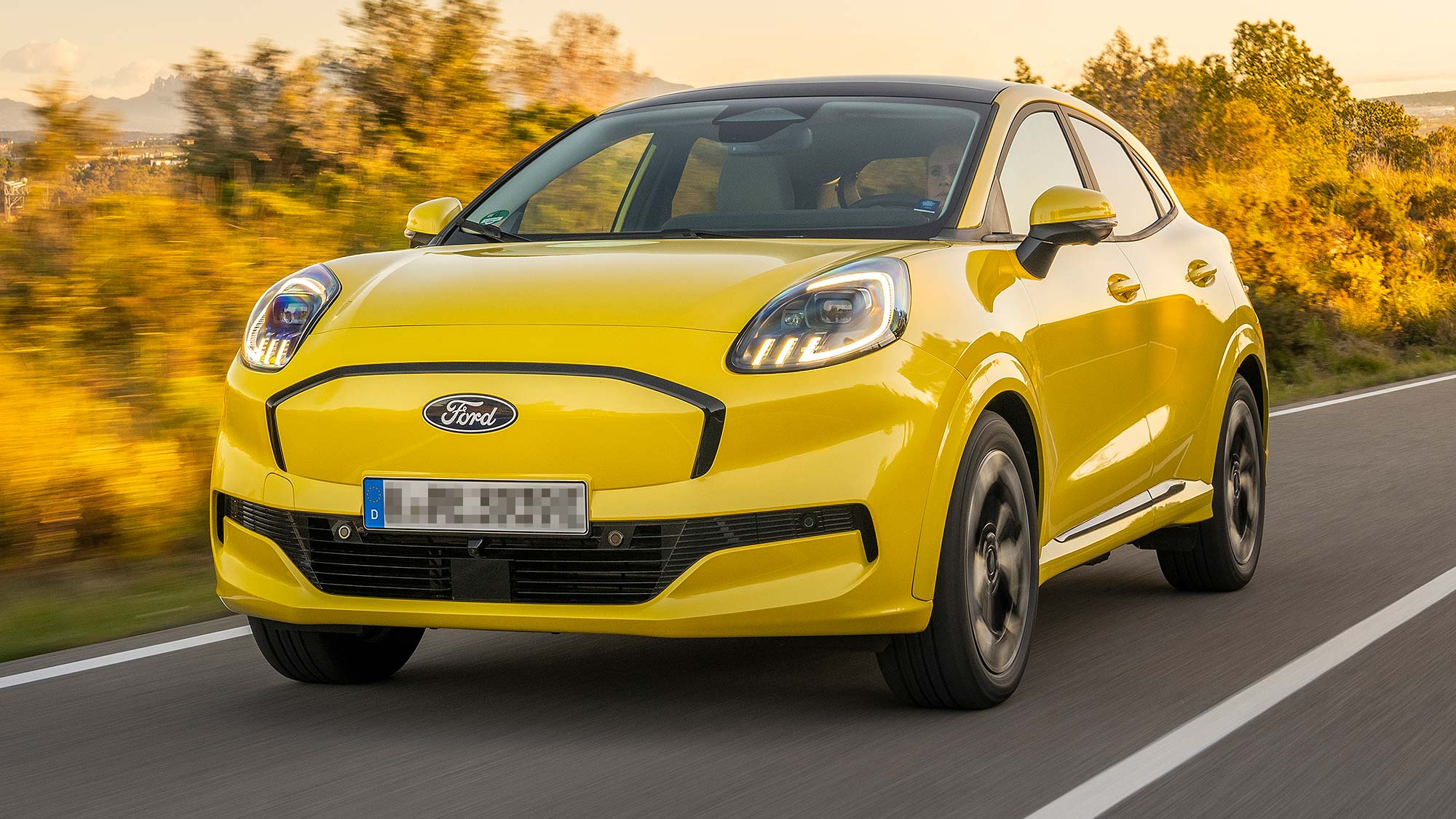If you regularly travel with a dog in your vehicle, it’s worth knowing a few key things.
Independent mobility consultant Helen Dolphin MBE has pulled together a useful summary, from practical travel tips to guidance that could help with planning your journeys.
- Transporting a dog
- Different options for keeping your dog restrained
- Other considerations when transporting your dog
Transporting a dog
I became a dog owner after getting my first assistance dog Yancey from the charity Canine Partners. As part of the assistance dog training course, we learnt how to work with and care for our dogs, including how to travel with them safely, especially in cars.
I had ignorantly presumed that the dog would just jump in the boot or lay on the backseat, I hadn’t considered the safety of the dog or myself. If a dog was thrown forward in a crash, it could be badly hurt. And if it hit you, it could seriously injure you too. But that’s not the only reason to secure a dog in the car. Even if it survived, an injured dog might panic, lash out, run away or get hit by another vehicle.
Securing your dog in the car isn’t just sensible advice. It’s also the law. The Highway Code states that dogs or other animals should be suitably restrained in a vehicle so they don’t distract the driver or injure them if the vehicle stops quickly. Therefore, if you have an accident with an unrestrained dog you could invalidate your car insurance. This means you could be made to pay for any damage to your car and any other cars involved.
Assistance dogs aren’t the only ones offering support. Therapy dogs can also play an important role in people’s lives. You can read more about them here.
Different options for keeping your dog restrained
It’s safer for the dog and less distracting for the driver if the dog is transported in the back of your car . There are all kinds of different ways to restrain a dog in a car. Depending on your disability, some will be easier to use than others. The size and shape of your car and the size and temperament of your dog will also need to be taken into account.
Dog harnesses
Dog harnesses are generally considered to be the best and safest choice of restraint. Dog harnesses are worn around the neck and chest of the dog, and attach to the seatbelt fittings. It’s advised that the tether part of the harness is kept short so in the event of an accident your dog won’t fly very far and his injuries will be less serious.
I have a harness for my dog, Fairport, but I can’t put it on him myself as the fastenings are too tricky. I generally travel with someone else who can put it on for me. Fairport travels in the boot as he is a big dog and I fix his harness to one of the fixings in the boot. Harnesses are generally quite well padded so they shouldn’t injure a dog if a car stopped suddenly. Fairport wasn’t too happy about putting it on to start with, but he’s got used to it.
I also came across special doggy booster seats. I used to think booster seats were just to help dogs see out of the window. But they’re actually designed to keep them comfortable and safely attached to the car. Some booster seats don’t secure dogs properly, so it’s important to check that the one you buy will keep your dog safe. Fairport is too big for one of these, but smaller dogs might benefit from using one.
Dog crates
Some dogs are used to crates and happily sit and travel in them. This could be a potential option for restraining your dog in the car providing you have enough room. If like me you need to transport a dog and a wheelchair, space can be a bit tight. But it also depends on the size of your dog and the size of the crate required. For example, a crate to house Fairport, who is a large labradoodle, would be sizeable. Make sure the crate you buy is designed for use in a vehicle, as not all crates are made for this. A good quality dog car cage will specify the size of dog it’s suitable for.
Dog guards
Similar to a cage is a dog guard. These can be fitted to your vehicle between the back of the seats and the boot area. This creates a contained area for your dog in the car, similar to a crate. However, it offers less protection, as your dog has more space to be thrown forward in an accident. That said, these setups are quick to fit and easy to use. Your dog can simply jump into the boot without any fuss.
Airbags
Your dog should never sit in front of an airbag, as it could be seriously injured if the airbag goes off. If your dog must travel in the front seat, it’s best to deactivate the airbag. Some vehicles have exceptions, so always check the instructions for your specific car.
Hot weather
When your dog is in the boot it can be hard to see if they are sitting in full sunlight and getting too hot. To prevent this, you can put sun shades on the windows to help protect your dog.
It’s also really important to never leave your dog in a car in warm weather. Every year, many dogs suffer from heatstroke, and sadly it can be fatal.
Key points to remember when travelling with your dog:
- Always restrain your dog in the car: it keeps you both safe and is required by law
- Choose a restraint that suits your dog, car and mobility needs. Options include harnesses, crates, booster seats and dog guards
- Never let your dog sit in front of an airbag unless it’s deactivated
- Make sure your dog stays cool, especially in warm weather, and never leave them in a hot car
- Check that any crate or restraint you use is designed for use in a vehicle
Could you benefit from our all-inclusive package?
Over 860,000 customers use the Motability Scheme.
We cover your insurance, servicing, breakdown and MOTs too.
![]()
